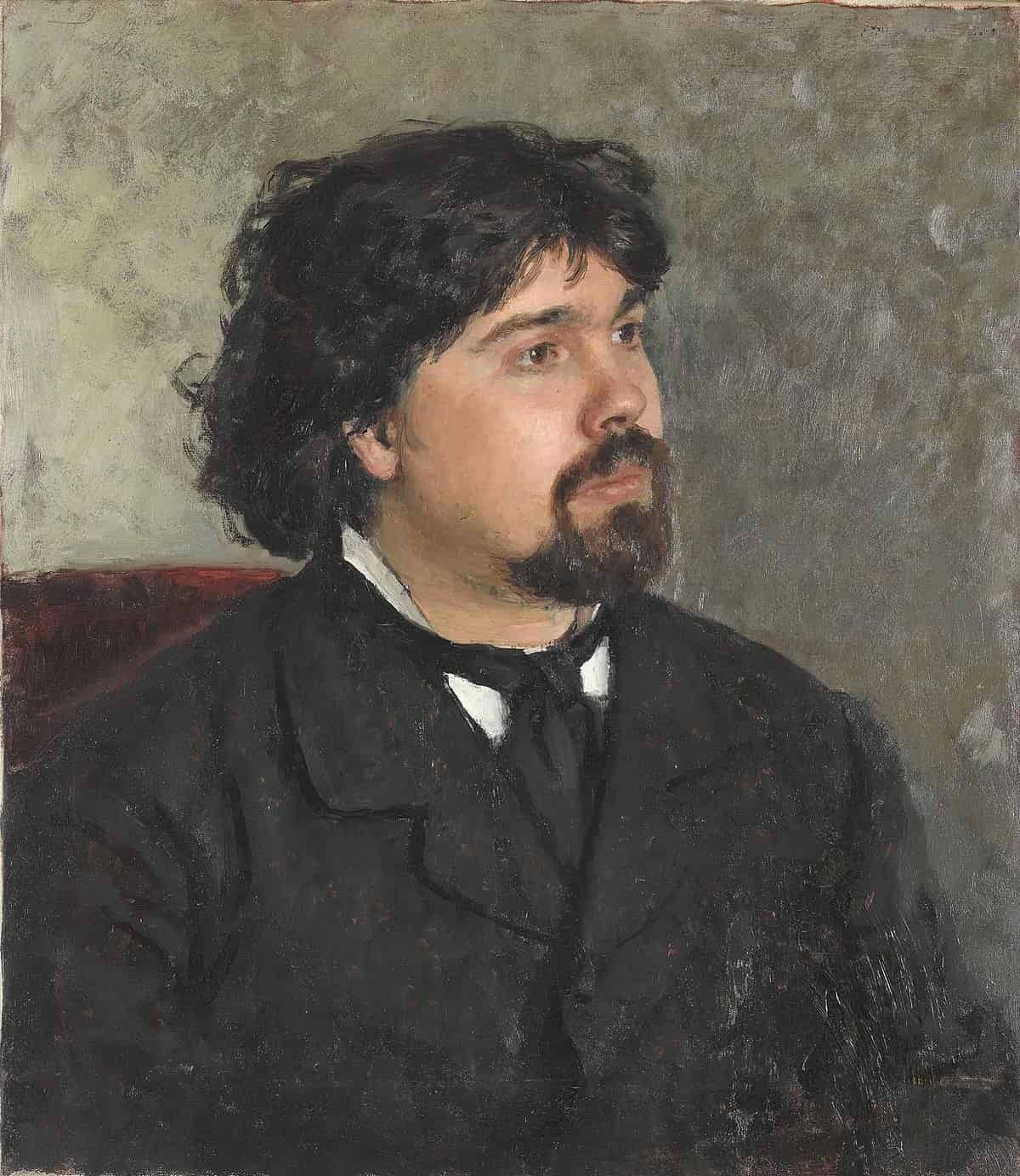

Vasily Surikov
RU
79
Artworks
1848 - 1916
Lifespan
Artist Biography
Vasily Ivanovich Surikov, born in 1848 in the remote Siberian city of Krasnoyarsk, stands as a titan of Russian historical painting. His Cossack heritage and upbringing in a community that preserved the traditions of pre-Petrine Russia profoundly shaped his artistic vision. This isolation from European Russia endowed him with a unique perspective, leading contemporaries to describe him as a “17th-century man who happened to turn up in the 19th century.” After his father's death, financial hardship nearly thwarted his artistic ambitions, but a local merchant, Pyotr Kuznetsov, recognized his talent and sponsored his arduous journey to St. Petersburg to study at the prestigious Imperial Academy of Arts.
His formal training began after initial challenges. Unable to immediately qualify for the Academy, Surikov first enrolled at the drawing school of the Imperial Society for the Encouragement of the Arts. A year later, in 1869, he was admitted as a full-time student, where his exceptional talent for composition earned him the nickname 'The Composer.' After graduating, he relocated to Moscow in 1877 to work on murals for the Cathedral of Christ the Saviour. It was in Moscow that he joined the Peredvizhniki (The Wanderers), a group of realist artists whose focus on national themes and social realities resonated deeply with his own artistic inclinations. This association marked the beginning of his most productive and celebrated period.
Surikov’s genius is most brilliantly encapsulated in his great historical trilogy of the 1880s: *The Morning of the Execution of the Streltsy* (1881), *Menshikov at Beryozovo* (1883), and *The Boyarynya Morozova* (1887). These masterpieces reveal his unique artistic philosophy, which prioritized emotional and empirical truth over strict historical accuracy. He viewed history as a deeply tragic force, and he deliberately manipulated facts to heighten the psychological drama. For example, he depicted the Streltsy execution in Red Square, knowing it occurred elsewhere, to intensify the symbolic conflict between old Russia and the new order of Peter the Great. In *The Boyarynya Morozova*, the unusually long chain of the noblewoman's fetters symbolizes a spirit that cannot be contained by physical bondage.
Each painting in the trilogy is a profound exploration of a pivotal moment in Russian history, focusing on the human drama within the grand narrative. *The Morning of the Execution of the Streltsy* captures the frozen, tense moments before the execution, portraying the clash of wills between the defiant rebels and the implacable Tsar. *Menshikov at Beryozovo* is a masterful psychological study of a powerful figure brought low by exile, his oversized form cramped within a tiny hut to emphasize his spiritual and physical confinement. *The Boyarynya Morozova*, often considered his magnum opus, depicts the religious schism of the 17th century through the figure of a defiant noblewoman. Her dark figure against the snowy landscape, her hand raised in the Old Believer's blessing, creates an indelible image of martyrdom and unwavering faith.
In his later career, Surikov continued to create large-scale historical works, including *Yermak’s Conquest of Siberia* (1895), a nod to his own Cossack ancestors, and *Suvorov Crossing the Alps* (1899). While technically brilliant, these works are sometimes seen as lacking the perfect synthesis of painterly impulse and profound idea that characterized his earlier trilogy. After the death of his wife in 1888, he briefly returned to Siberia, producing the uncharacteristically cheerful work *The Capture of Snow Town*. He left the Peredvizhniki in 1907 and continued to paint and teach until his death from heart disease in Moscow in 1916.
Vasily Surikov's legacy is immense. He elevated Russian historical painting to its zenith, shifting the focus from idealized events to the raw, emotional experiences of the people who lived through them. He demonstrated that the common folk were not mere spectators but central actors in the tragic drama of history. His ability to fuse meticulous historical detail with deep psychological insight and powerful, almost metaphorical, compositions ensured his works were not just illustrations of the past but timeless explorations of the Russian soul. He remains a cornerstone of Russian art, a master whose canvases continue to shape the nation's understanding of its own complex and turbulent history.